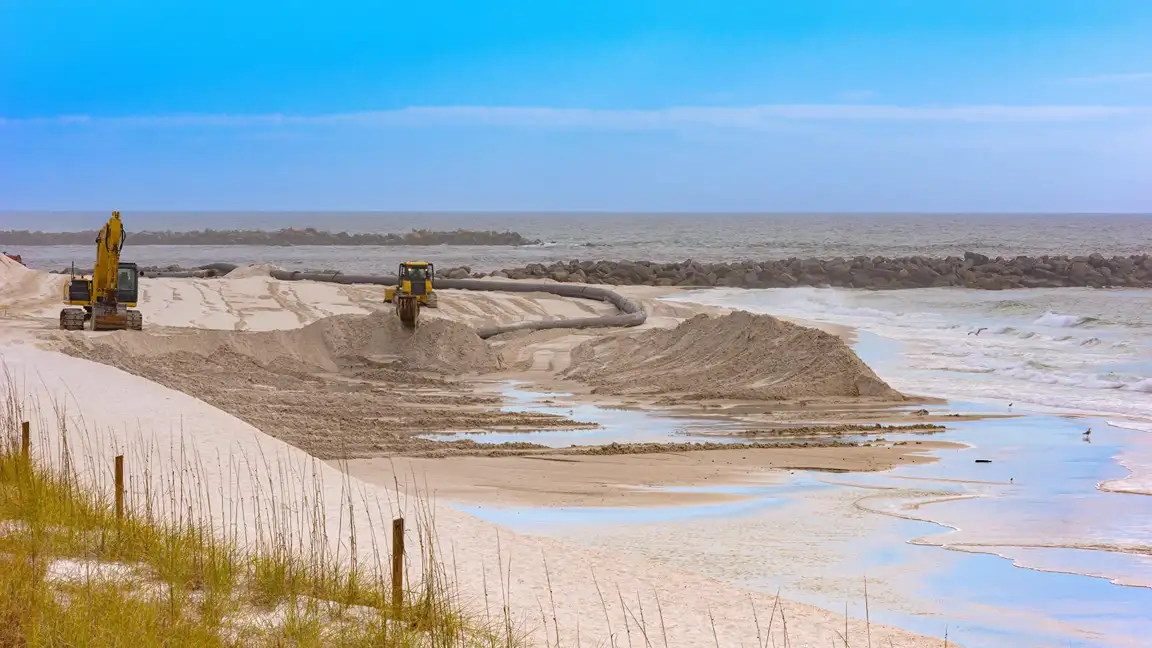Introduction
The Gold Coast’s iconic beaches, a major attraction for locals and tourists alike, suffered extensive damage following the impact of Tropical Cyclone Alfred. With severe coastal erosion affecting the shoreline, immediate restoration efforts are essential to preserve the region’s beauty and functionality. To address the issue, a dredging operation is now underway to replenish the beaches and restore their natural state.
The Dredging Effort
A dredging vessel that had been docked at Southport for over a week is finally set to begin its work. The vessel will start dredging near the Seaway before moving along the northern beaches, which bore the brunt of Cyclone Alfred’s wrath. This process involves extracting sand from designated offshore areas and redistributing it to the eroded shoreline, reinforcing the beaches against future weather events.
Funding Dispute and Council’s Decision
The dredging operation faced delays due to a dispute between the Gold Coast City Council and the federal government over funding responsibilities. The disagreement left the vessel stationed at Southport without commencing its work. However, the council, determined to restore the beaches promptly, decided to move forward without waiting for federal assistance. This proactive approach ensures that essential beach rehabilitation can proceed without further delays.
Expected Timeline and Challenges
Mayor Tom Tate initially promised that all beaches would be restored by Easter, but he has since admitted that this deadline will not be met. The full restoration process is expected to take up to six months. Despite this, Tate remains optimistic, stating that at least 80% of the restoration will be completed in time for the holiday season. The large-scale nature of the project and ongoing environmental factors present challenges, but the commitment to restoring the beaches remains firm.
Environmental and Economic Impact
Beach restoration is not only crucial for aesthetic and recreational purposes but also for the environmental health of the region. Sand replenishment helps protect marine ecosystems and prevents further erosion of coastal infrastructure. Additionally, the Gold Coast’s economy relies heavily on tourism, and restoring the beaches is vital for attracting visitors and supporting local businesses that depend on beachgoers.
Community and Stakeholder Reactions
The dredging project has received mixed reactions from the community. While many residents and business owners welcome the restoration efforts, some are frustrated by the delays caused by funding disputes. Environmental groups emphasize the importance of conducting the process responsibly to minimize ecological disruption. Overall, there is a shared understanding that the beaches must be restored to maintain the Gold Coast’s reputation as a top-tier tourist destination.
Conclusion
The dredging operation marks a significant step in restoring the Gold Coast’s beaches after the devastation caused by Cyclone Alfred. While challenges remain, the commitment from local authorities ensures that the region’s beloved shorelines will soon be revitalized. As efforts continue, locals and visitors alike can look forward to enjoying the beaches once more, reinforcing the Gold Coast’s status as a premier coastal destination.
